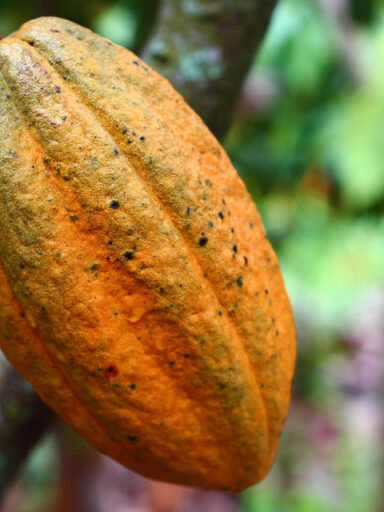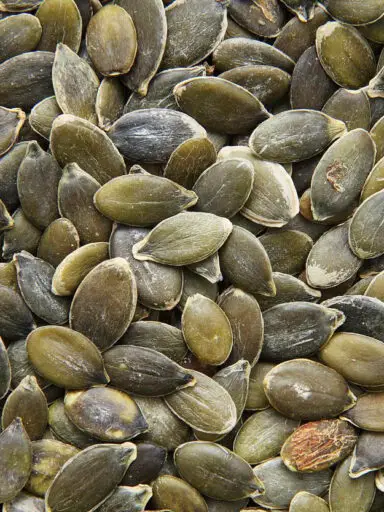Grapes are fruits botanically classified as a berry. The plant is a woody shrub of vines with the fruit growing in clusters of which the plant is grown in vineyards and orchards.
The grape can be seedless or can have rice grain-sized seeds. The fruit is generally round to oval in shape up to about an inch in length. The skin is smooth and translucent and encases juicy flesh.
The grape berry varies in color from white or green, red or purple, and blue or black varieties. The color of the grapes is largely due to the presence of antioxidant pigments in them such as anthocyanins for the red varieties while tannins such as catechin are present in the green/white variety.
The most popular varieties are the European, North American, and French varieties. Grapes originated in the Mediterranean regions and are available throughout the year around the world.
Fresh grapes should be smooth and free from wrinkles or any signs of withering. There should be no blemishes or bruises. The fruit berries should be firm and have no mold or signs or any fungus or rot.
Fresh berries are firmly attached to the bunch. Grapes should be purchased when ripe with the appropriate colors for the different varieties.
The grape should be stored in a refrigerator in a zip-locked bag to prevent fermentation which occurs at room temperature. Otherwise, grapes keep for only a few days.
How to Prepare Grapes for Consumption
The whole bunch should be washed thoroughly under running water to remove pesticide and fungicide residue. It is also done to remove dirt and other particles. Only pull out the berries you wish to consume leaving the rest attached to the stems.
The grape can now be eaten whole, fresh, and raw as a refreshing snack. The seedless variety is ideal for adding to fruit and vegetable salad dishes or dessert dishes. It is also used as a garnish.
It can be used in baking and pastry in the form of dried grape also known as raisin, currant, or sultana. They are found in baked goods such as cake, bread, muffin, and pudding preparations.
Commercially, grapes are used to make juice, wine, jelly, and jam.
Nutritional Benefits
Grapes are rich in antioxidants such as Resveratrol which protects against colon and prostate cancer, coronary heart disease, Alzheimer’s disease, and viral and fungal infections. It also reduces stroke and degenerative heart disease. It provides just 69 calories per 100 grams and contains no cholesterol or fat. It is a good source of carbohydrates and dietary fiber.
The grape is rich in vitamin C and vitamin K. It is a good source of pyridoxine and thiamin as well. They are a good source of potassium, copper, and iron.




